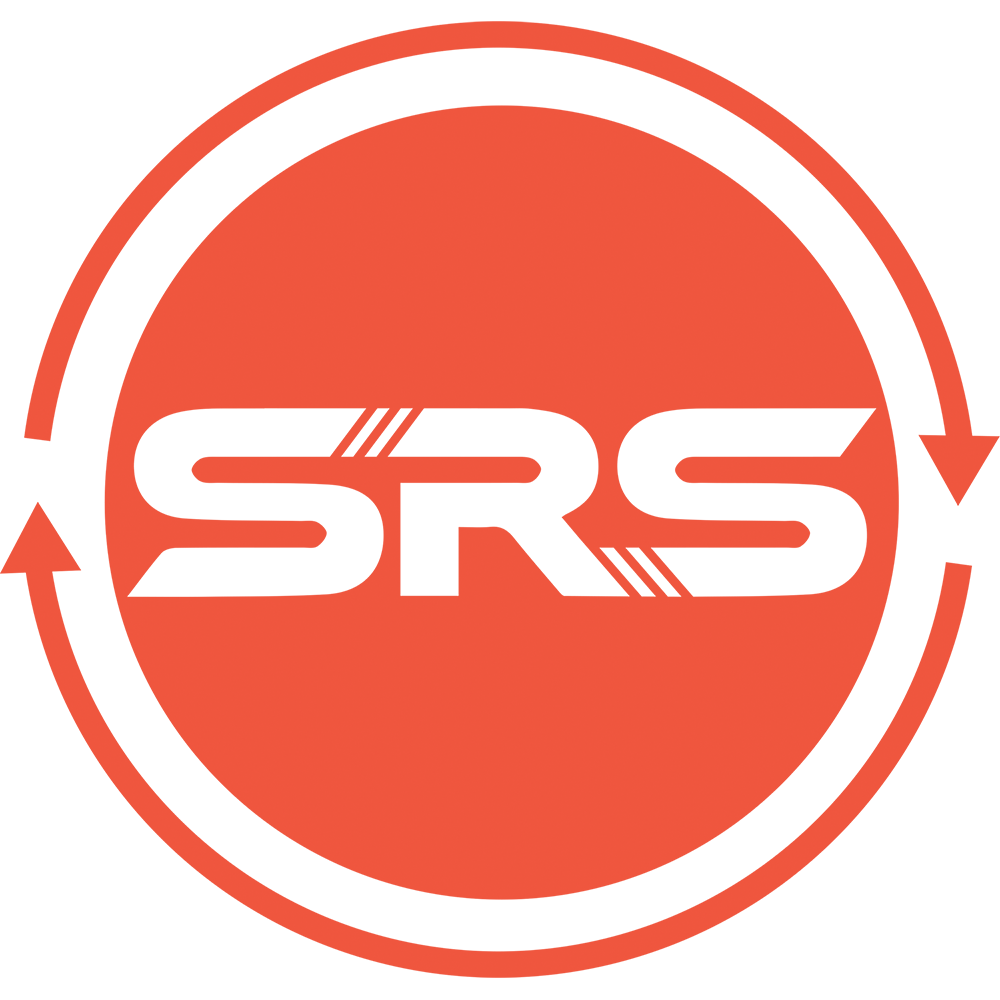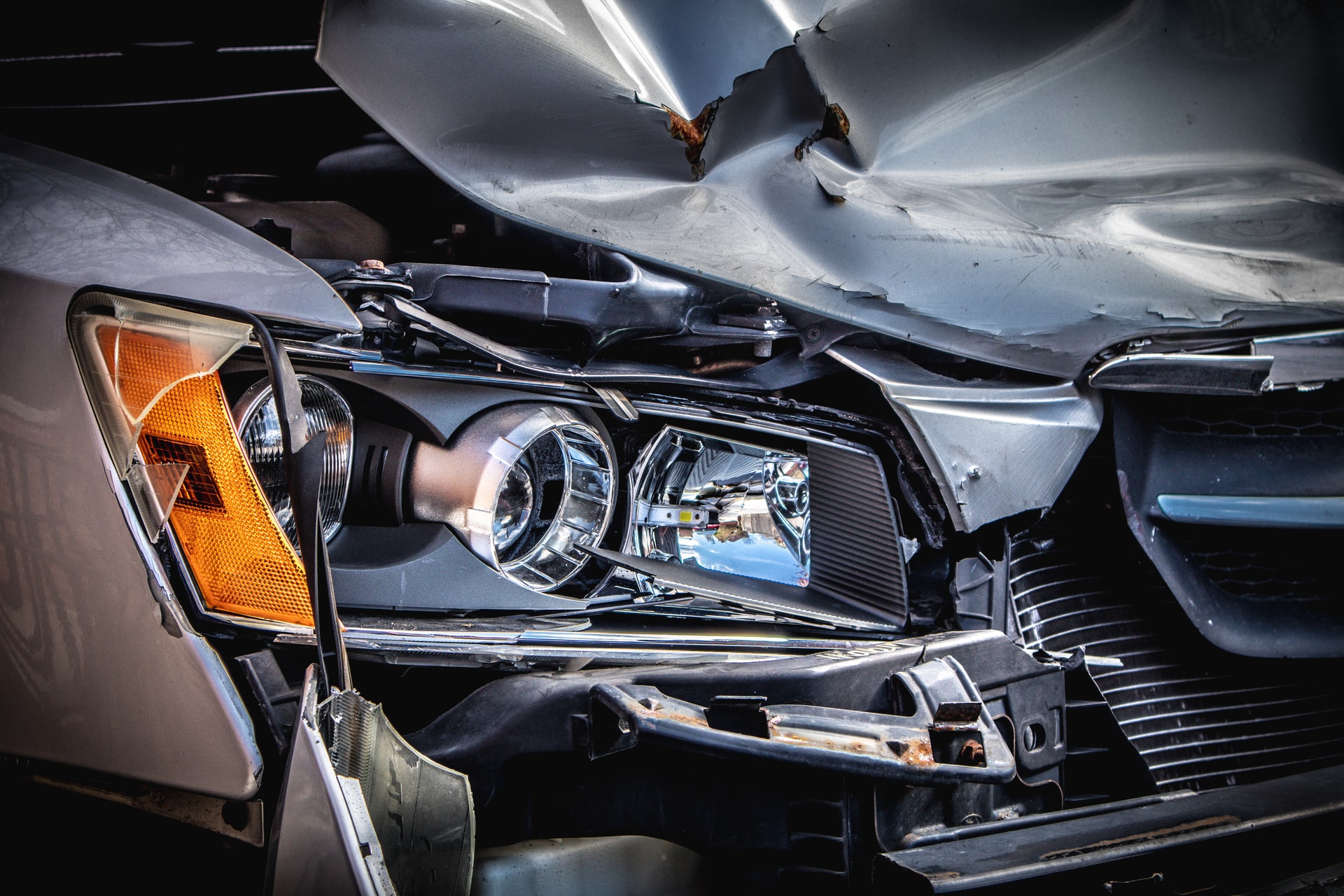Other parts of your car may be cooler than the seatbelts, but nothing matters more when it comes to road safety! Seatbelts are vital safety devices—they keep you in your seat in a crash, which is essential to protecting your spine and internal organs.
The lives seatbelts have saved are countless! If you’ve been involved in a car crash and have survived, you have your seatbelt to thank for. However, after the crash, you must make sure to get them replaced.
How Seatbelts Work
Seatbelts are designed to keep you in your seat for your safety. Seatbelts lock in place at sudden stops and when you’re in a crash. The buckle fits into a latch, which locks across the seat and prevents you from standing up. The latch is designed to unlock when the forces are released, and the seatbelt is retracted.
First, there’s the lap belt, which goes across your lap. It’s the first line of defense in an accident. If you’re wearing the lap belt, it will lock the moment you stop unexpectedly ̶ even if you’re only veering a bit off course. The force from the seatbelt will lock your upper body in place so you won’t end up with serious injuries.
The shoulder belt goes across one shoulder and the chest, although some cars have both shoulder and lap belts, which is the best way to go. The shoulder belt on most cars will lock only after significant impact, but some newer cars may lock before any impact.
Why Replace Your Seatbelts
Just because your seatbelts seem to be okay after an accident doesn’t mean you shouldn’t mind. The thing about seatbelts is that they are single-use only—they’re designed to immobilize and protect drivers and passengers in one car accident.
Also, seatbelts may be jammed up after a crash, making it hard to buckle up. If your seatbelt is jammed or twisted, you may find it difficult or uncomfortable to wear or buckle.
When you think about it, it’s incredible how seatbelts last as long as they do with how often you use them! With all the wear and tear your seatbelts are subjected to each time you use them, the straps can lose their elasticity.
A strap that was once flexible and comfortable to wear can suddenly feel stiff and uncomfortable. This is the result of the belt stretching from the wear and tear of each use.
Who Should Replace Your Seatbelts
Because seatbelts are safety equipment, it’s essential to use a reputable company to replace them. Some auto shops may do the job for you, but you should stick with the OEM seatbelt manufacturer when it comes to safety. Their seatbelts are tailored to your specific car’s model and are made from the same material, and will fit the same way.
It’s also important to keep in mind that the parts of your car are calibrated to work together. After an accident, your vehicle may need a realignment, but before that happens, make sure to replace your seatbelts.
Conclusion
Replacing your seatbelts is a small but essential safety measure to take after an accident. When you replace your seatbelts, you know you are getting the same high-quality seatbelts made for your car.
From the latch to the buckle, car seatbelts are designed to keep you safe. Because of how often they’re used, it’s likely your car seatbelts need to be replaced.
If you need to get your seatbelts replaced, we at SRS Restore have the right parts and tools to help you out. At SRS Restore, we are committed to providing you with the best seatbelts, at the best price, with the best customer service. Call us at 855-552-7233 today to learn more about our products and services.

